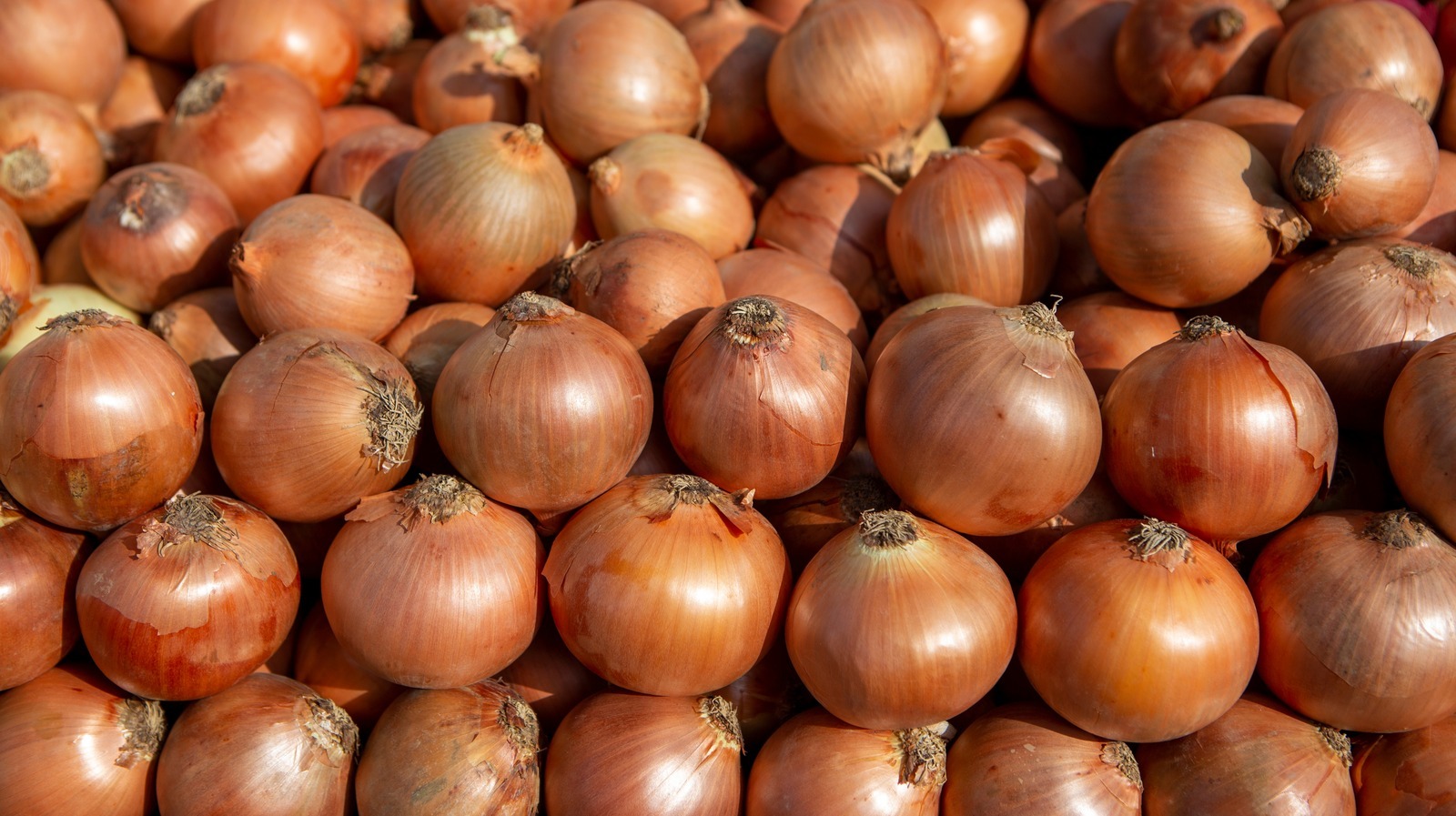Onions are often overlooked in the world of produce.
Many things could be improved when cooking with onions, from storage to selection at the market. By rectifying these common blunders, onions can finally be given the culinary recognition they deserve.
One such mistake is assuming all onion varieties taste the same.
Yellow onions have a robust, spicy flavor that balances sweetness and tang. They are the best for caramelizing, sautéing, and adding depth to soups, stews, and sauces. White onions have a milder, herbaceous flavor, making them perfect for Mexican cuisine or eating raw in salads or homemade salsa.
Red onions are more purple and have a bold, sharp, peppery flavor. Onions are versatile ingredients used in cooking and salads, but they are particularly suitable for burgers and sandwiches, where they add a tangy taste.
To ensure onions last for several weeks to a few months, they should be stored in a cool, dark, and well-ventilated place. It is best to keep them dry in baskets or breathable mesh bags. Avoid storing whole, unpeeled onions in the fridge.
Proper ventilation is crucial for storing onions. Avoid direct sunlight as it can cause premature sprouting.
Discard any onions that are soft, mushy, or have a foul smell.
If the onion tastes off, it should also be thrown away.
Cutting onions with a dull knife can be a painful experience.
This is because a dull blade crushes the layers of the onion instead of cleanly slicing through them, releasing more irritants into the air. To avoid this, a sharp knife is recommended. Bruising the onion can also change its flavor.
Removing the onion’s root end before slicing can also help prevent tears. To make cutting onions easier on your eyes, try chilling the peeled onion in the freezer for a few minutes before slicing it. This will make it harder for the tear-inducing gas to escape. Another tip is to cut the onion under running water to wash away the glasses.
Additionally, if you plan to eat raw onions, soak them in cool water for 15 to 30 minutes beforehand to mellow their flavor. Caramelizing onions can make them more enjoyable by reducing their sharpness and intensity.
To achieve perfectly caramelized onions, cook them over low heat and gradually increase the temperature. Avoid starting with a high heat setting, as this can cause the onions to burn before they caramelize.
Additionally, remember to add salt and a small amount of sugar to the onions as they cook. The salt helps draw out moisture from the onions, promoting better browning. The sugar enhances the browning process, adding color and flavor to the finished dish.
To prevent the potent onion flavor from transferring to other foods, store leftover onions in a sealed, airtight container, a resealable plastic bag, or wrapped tightly in plastic wrap. Place a dry paper towel with the onion in the container to absorb excess moisture. It is recommended to use leftover onions within three to four days for maximum freshness and flavor.

 Discuss
More news
Discuss
More news


